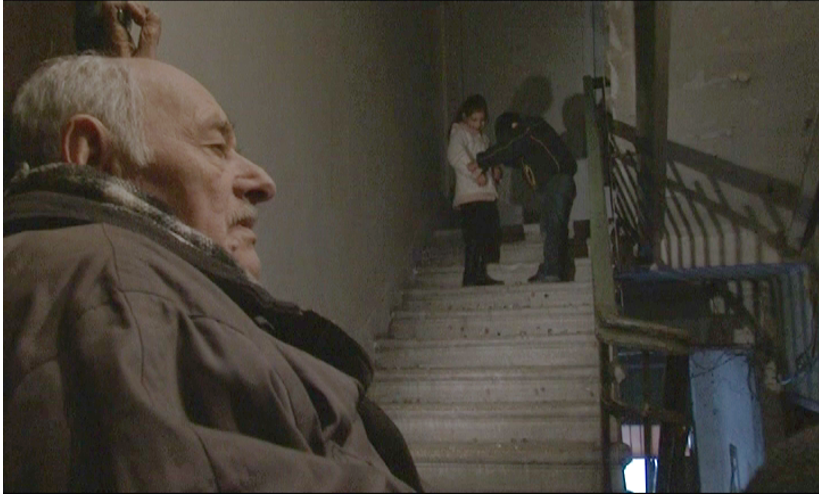Tobacco smoking is a serious health hazard that causes lung disease, cardiovascular problems and cancer. Nicotine and other toxic substances cause addiction, which makes it difficult to quit. Nevertheless, many people continue to smoke to relieve stress or for other purposes. Public health programs are trying to raise awareness and reduce smoking. Creating a film script dedicated to such a global problem is a simple but not very new and creative task. From the very beginning, cinema has been the best tool for propaganda but in order for the viewer to really want to change his life and abandon his vices after watching the film, it is necessary to correctly and meticulously show both the problem and the way to solve it to ensure his own health.
Levan Melikishvili’s student film “Smoking Kills” (2016) shows a romantic couple’s addiction to smoking. Without any indirect metaphors, the director shows that smoking really kills and leads to fatal consequences. Smoking is an escape from this world, freedom, and a kind of “shelter” for the characters. However, they soon move away from the world they have created and are forced to face reality. The addiction becomes the cause of their degradation, inadequacy, and, ultimately, the tragic death of one of the characters. The film clearly shows that a “harmless” habit can become fatal. Death is the climax of the film and a kind of warning for the boy and the audience.
The director precisely follows the story and does not deviate from the path for a single moment. At the beginning, the couple is happy, free, and carefree. They laugh, smoke, listen to music, and talk. The cameramen (Sandro Margvelashvili, Levan Melikishvili) show us the characters in close-up, introducing us to their character and attitude towards each other. However, at the very moment when they return to civilization from some lost riverbank, they have a feeling of fear and tension, which leaves us with the characters’ completely different impression, who were such fools some time ago. The shots are harmonious, and the editing is consistent, which does not tire the viewer.
As for the characters, they seem to understand each other well, love each other and have a lot in common, but it is obvious that they are also different from each other. The girl is impulsive and risky, her first instinct is to escape. The boy is passive. His refusal means that he thinks more rationally or is just afraid, paralyzed. This is precisely the indicator of their different personality traits.
There is little dialogue in the film, so music should play an important role. The music is calm at the beginning and helps us believe in how carefree the characters' lives are. As we approach the climax, the music gradually becomes more exciting, intensive and tense. It reflects the characters’ fear and paranoia-the closer they get to reality, the more the "safe zone" collapses.
Despite the film being short and not overloaded with dialogues, the actor’s skill is of paramount importance. The film has only two characters (actors - Keti Keburia and Goga Gogrichiani). Given its specificity, the plot does not require additional characters and therefore, all the attention of the audience is focused on the two actors. They play with excessive unnaturalness and falsehood. The emotions are unconvincingly artificial, which violates the film realism. Fakeness is the biggest problem in the acting. Often, the reason for poor acting is the absence of natural dialogue – the actors seem to recite the script and speak thoughtlessly in front of the camera. In addition, they fail to properly master the role.
The finale of the film is intense, but not unexpected. In the end, we can see the girl’s body but we no longer see the boy’s reaction. The director leaves the viewer to think – what will the boy do? What was his reaction? Will his life change for the better after this sad fact? Or, conversely, will he give up on life forever? Despite this intrigue, there is still nothing new, original and creative in the film. Moreover, films with such content are already boring. The director managed to show the dangers smoking poses to people but he did not present it in an original way. "Smoking Kills" is more of a propaganda advertisement than a film, the main topic of which is the promotion of a healthy lifestyle and the alleged tragic end of people addicted to smoking.
Tinatin Asatiani






